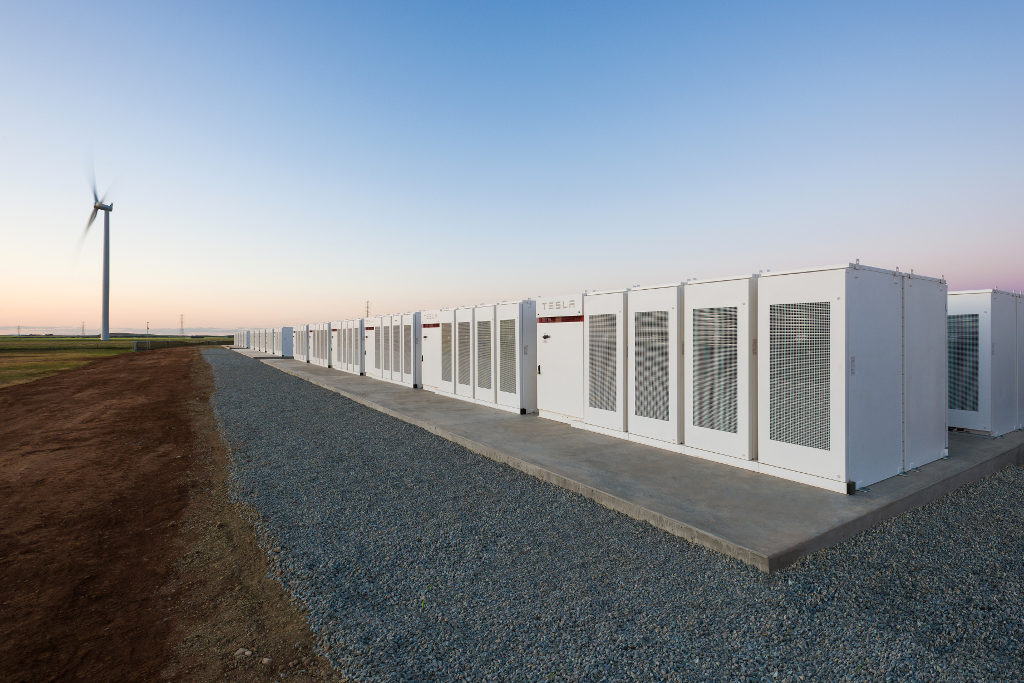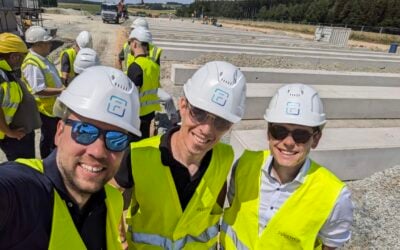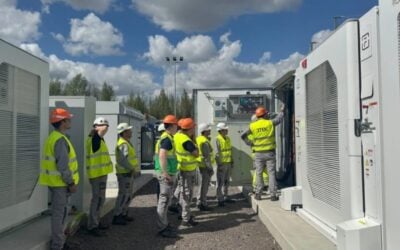
Fluence will supply the latest large-scale battery energy storage system set to be deployed in South Australia, which has secured non-subsidised debt financing.
The project, a 10MW lithium-ion system at the 59-turbine Lincoln Gap Wind Farm, is receiving project debt finance from the national Clean Energy Finance Corporation (CEFC), as Energy-Storage.news reported exactly one year ago.
Enjoy 12 months of exclusive analysis
- Regular insight and analysis of the industry’s biggest developments
- In-depth interviews with the industry’s leading figures
- Annual digital subscription to the PV Tech Power journal
- Discounts on Solar Media’s portfolio of events, in-person and virtual
At that time, CEFC was said to be providing AU$150 million, with the first stage of project construction comprising the deployment of 126MW of wind power generation capacity. Battery storage was said to be “an essential part of the investment”, by Zeki Akbas, executive director at project development company Nexif Energy Australia.
Fluence, which is an energy storage technology provider formed as a joint venture (JV) between AES Corporation and engineering company Siemens, will supply the battery system, which is expected to have 10MW / 10MWh of output and capacity. Lincoln Gap will use Fluence’s Advancion lithium battery energy storage platform and is scheduled for completion by May next year. Meanwhile, the wind power plant will have 212MW of wind generation capacity when complete and is grid-connected via ElectraNet’s transmission network.
The CEFC announcement in 2017 did not specify which applications and services the batteries will perform. In a joint release issued by Fluence and Nexif at the end of last week, the companies said the project will “improve Fast Frequency Response (FFR) capabilities”, which will help it to meet new grid interconnection requirements.
It will also provide Frequency Control Ancillary Services (FCAS) into the National Electricity Market (NEM), which serves 9 million customers in five regional market jurisdictions including South Australia and Victoria. Some US$16.6 billion of energy and related services were traded in the market in the 2016-2017 financial year.
“The addition of a battery will help to provide important grid stability services to the network and better integrate intermittent renewable energy into the grid,” South Australia’s minister for energy and mining Dan van Holst Pellekaan said.
“It will contribute to the orderly transition to clean energy in South Australia, and aligns with the South Australian Government’s goal of providing South Australian consumers with an electricity system that is affordable, reliable and secure.”
Last month, the Australian state of Victoria switched on a 30MW / 30MWh battery system at Ballarat Terminal Station, Warrenheip, one of two large-scale battery projects of that type being developed in Victoria through a state policy initiative to support energy storage.
Watch Fluence market director Dr Marek Kubik discussing the company’s launch earlier this year as well as going in-depth on topics from how the economics of solar firming with batteries will develop and how batteries can be “long-life assets”.






